43 carbs on food labels
Reading labels | Diabetes UK Key points Always look at the 'total carbohydrate' on the label when carb counting. This will make sure you are counting both the complex (starchy) and simple (sugary) carbs in your food. Both will raise your blood glucose (blood sugar) levels, and need to be matched with insulin. How Do They Calculate Calories on Food Labels? 5 grams of fat (5 x 9 = 45 calories) 22 grams of carbohydrate (22 x 4 = 88 calories) 2 grams of protein (2 x 4 = 8) ...should contain approximately 140 calories. It's important to recognize that 4-9-4 is an average, and not an exact amount. For example, 1 gram of fat in one food may yield 8.34 calories while 1 gram of fat from another food ...
Simple Carbohydrates vs. Complex Carbohydrates - Healthline Aug 19, 2020 · Simple carbs are sugars. While some of these occur naturally in milk, most of the simple carbs in the American diet are added to foods. Common simple carbs added to foods include: raw sugar; brown ...
Carbs on food labels
Get to Know Carbs | ADA - American Diabetes Association "Net carbs" are determined by subtracting any fiber or sugar alcohols on the label from the total carbohydrates. This is assuming that fiber and sugar alcohols are not absorbed or metabolized, but this is not always true, and some are partially digested and therefore still provide calories as well as impact blood sugar. Food Calculator: Carbs, Calories, Fat, Protein and More - WebMD Jan 16, 2015 · Get the nutrition lowdown on all your meals and everything in between. Find out the calories, carbs, fat, fiber, and more in over 37,000 foods and drinks. Whether you're eating out or dining in ... Carbs on Keto: How to Time Your Carbs To Stay in Ketosis Nov 06, 2020 · A keto meal plan consists of carbs that rank low on the glycemic index — a tool measuring how much a particular food raises blood sugar levels[*]. On keto, you’ll consume whole foods that rank very low on the glycemic index (and have very low net carb counts), including green, leafy veggies, healthy fats like avocados, olive oil, and MCT ...
Carbs on food labels. Added Sugars on the New Nutrition Facts Label | FDA - U.S. Food and ... The new Nutrition Facts label can help you compare and choose foods that are lower in added sugars. Check the label to see if foods are LOW or HIGH in added sugars. 5% DV or less is a LOW source ... Participant Guide - More About Carbs - Centers for Disease ... 1. Starches 2. Sugars 3. Fiber 1. Starchy foods include: Starchy veggies Beans, peas, and lentils Grain foods Starchy veggies include: Corn Green peas Parsnips Plantains What Percentage Of Carbs Should I Eat To Lose Weight 20-35 percent fat. Some nutritionists recommend a ratio of 40 percent carbohydrates, 30 percent protein, and 30 percent fat as a good target for healthy weight loss. A 1,500 calorie diet with 40 percent carbohydrates translates to 600 calories per day from carbs. Using a ratio of 4 calories per gram (g) of carbs, a person on this diet would ... What does total carbohydrates on food labels include? Total Carbohydrate. Total carbohydrate on the label includes all types of carbohydrate - sugar, complex carbohydrate and fiber. Because all types of carbohydrate can affect blood glucose, it's important to use the total grams when counting carbs or choosing foods to include, rather than just the grams of sugar.
How To Figure Out The Carbs On Nutrition Labels Trying to interpret the carbohydrates on nutrition facts labels can be downright confusing. There's a number for total carbohydrates but then there are subheadings for dietary fiber, sugars, and sometimes insoluble fiber, sugar alcohols, and other carbohydrates. What Does Everything Mean? Total Carbohydrate, shown in grams, is first. How To Read Nutrition Labels (Like a Pro) - Ditch The Carbs The front of the box states it is high in fibre, cholesterol-lowering and has a 4.5 star rating, but look at the nutrition label and it tells another story. Per ¾ cup serving (and most people serve 1-2 cups) + ½ cup milk = 37.9g carbs, 15.5g sugars. The only reason it has any vitamins is because it has been fortified. PDF Read the Food Label for Carbohydrates - National Institutes of Health Read the Food Label for Carbohydrates Food labels help you choose foods that are lower in calories and in carbohydrates and sweeteners. Here is a food label for a 12-ounce regular soda. The label provides lots of useful information. 1. Serving Size and Number of Servings The serving size is 12 ounces. There's 1 serving in this container. 2. Carb Counting | CDC - Centers for Disease Control and Prevention Carbs are measured in grams. On packaged foods, you can find total carb grams on the Nutrition Facts label. You can also check this list or use a carb-counting app to find grams of carbs in foods and drinks. For diabetes meal planning, 1 carb serving is about 15 grams of carbs. This isn't always the same as what you think of as a serving of food.
How to Understand and Use the Nutrition Facts Label | FDA - U.S. Food ... It can tell you if a serving of food is high or low in a nutrient and whether a serving of the food contributes a lot, or a little, to your daily diet for each nutrient. Note: some nutrients on the... Understanding Food Nutrition Labels | American Heart Association Remember that the information shown in the label is based on a diet of 2,000 calories a day. You may need less or more than 2,000 calories depending upon your age, gender, activity level, and whether you're trying to lose, gain or maintain your weight. When the Nutrition Facts label says a food contains "0 g" of trans fat, but includes ... Food Labels | CDC - Centers for Disease Control and Prevention Sep 20, 2022 · If you eat the whole thing, you are eating 8 times the amount of calories, carbs, fat, etc., shown on the label. Total Carbohydrate shows you types of carbs in the food, including sugar and fiber. Choose foods with more fiber, vitamins, and minerals. Choose foods with lower calories, saturated fat, sodium, and added sugars. Avoid trans fat. Reading Food Labels | ADA - American Diabetes Association The Nutrition Facts labels on foods are really the key to making the best choices. We'll cover the basics so that these labels make shopping easier for you. Get started Understanding Carbs You've heard it all. From carb-free to low-carb, to whole and empty carbs, it's hard to know what it all means. Learn more Food & Blood Sugar
Food Labels: Carbohydrates | Home & Garden Information Center The 2015 Dietary Guidelines for Americans makes the following recommendations about daily consumption of unrefined carbohydrate foods, based on a 2,000-calorie diet: Choose fiber-rich fruits, vegetables, and whole grains often. 6 ounces of grain products, with at least half of this amount being whole grain products 2 ½ cups vegetables
Low Carb Guide to Understanding Nutrition Labels - Virta Health The carbohydrate count is given as total grams, and then broken down into carbs from fiber and sugar. Focus on total carbohydrate. Sugar should be zero as often as possible (1-2g at most). Fiber is a carb and should be included in your total for the day (initially 30g or less). Again, pay attention to the serving size.
Food Labels and Counting Carbs - dummies Total Carbohydrate is listed in grams. Because %Daily Value is written in bold and off to the right side of the label, and lined up neatly with the actual amount, it is easy to allow your eye to zero in on the %Daily Value rather than the actual amount in grams.
Reading food labels: Tips if you have diabetes - Mayo Clinic Just as food labels can help you avoid certain foods, food labels can also serve as your guide to free foods. A free food is one with: Fewer than 20 calories a serving Less than 5 grams of carbohydrates a serving Do the math Pay attention to serving sizes.
Learning To Read Labels :: Diabetes Education Online On a nutrition food label, subtract the fiber from the total carbohydrate amount. When you read food labels, the grams of sugar are already included in the total carbohydrate amount, so you do not need to count this sugar amount separately. The grams of sugar listed include both natural sugars, from fruit or milk, and added sugars.
What "Net Carbs" On Food Labels Actually Means What "Net Carbs" On Food Labels Actually Means By Stephanie Lee 11/06/15 11:00AM Comments ( 6) A myriad of low-carb products are marketed as having "zero net carbs", but a closer look at the...
How Many Calories Are in a Gram of Carbs? | livestrong Oct 09, 2019 · The exact calories per gram of carbs can vary a little, but the official figure for use on food labels is 4 calories per gram, according to the United States Department of Agriculture (USDA)
How to Calculate Net Carbs - Healthline To calculate the net carbs in whole foods, subtract the fiber from the total number of carbs. To calculate the net carbs in processed foods, subtract the fiber and a portion of the sugar alcohols ...
Carbs on Keto: How to Time Your Carbs To Stay in Ketosis Nov 06, 2020 · A keto meal plan consists of carbs that rank low on the glycemic index — a tool measuring how much a particular food raises blood sugar levels[*]. On keto, you’ll consume whole foods that rank very low on the glycemic index (and have very low net carb counts), including green, leafy veggies, healthy fats like avocados, olive oil, and MCT ...
Food Calculator: Carbs, Calories, Fat, Protein and More - WebMD Jan 16, 2015 · Get the nutrition lowdown on all your meals and everything in between. Find out the calories, carbs, fat, fiber, and more in over 37,000 foods and drinks. Whether you're eating out or dining in ...
Get to Know Carbs | ADA - American Diabetes Association "Net carbs" are determined by subtracting any fiber or sugar alcohols on the label from the total carbohydrates. This is assuming that fiber and sugar alcohols are not absorbed or metabolized, but this is not always true, and some are partially digested and therefore still provide calories as well as impact blood sugar.
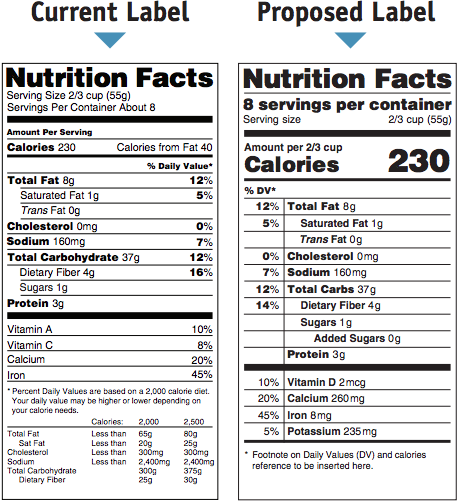

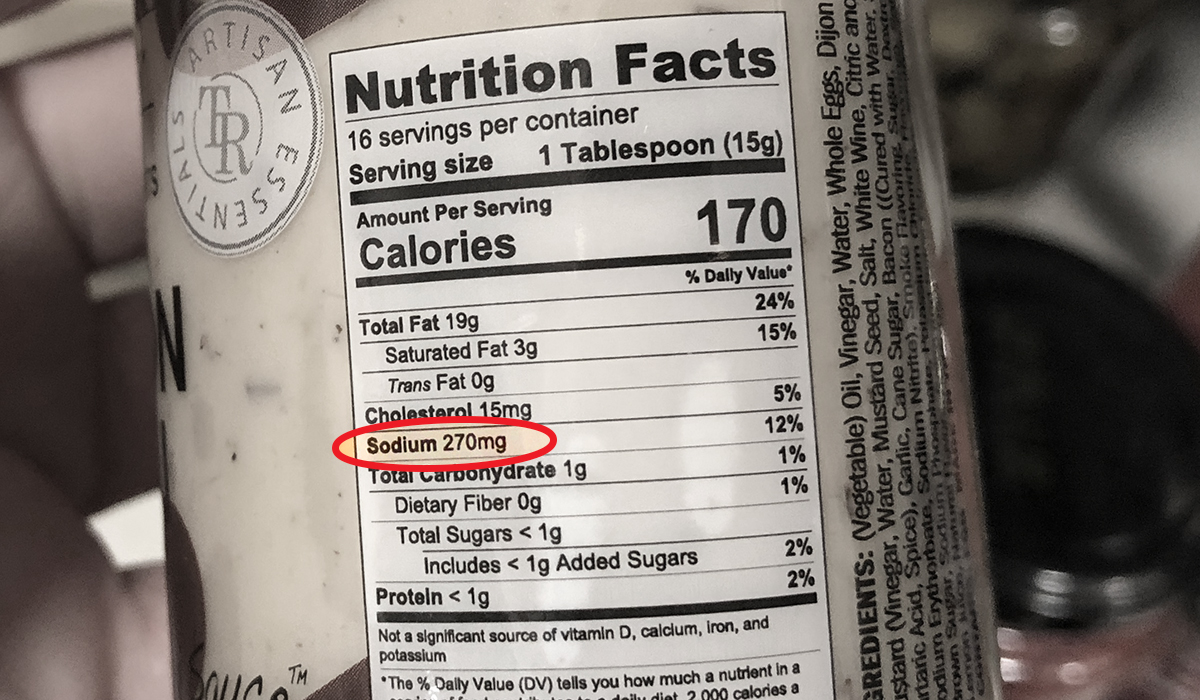
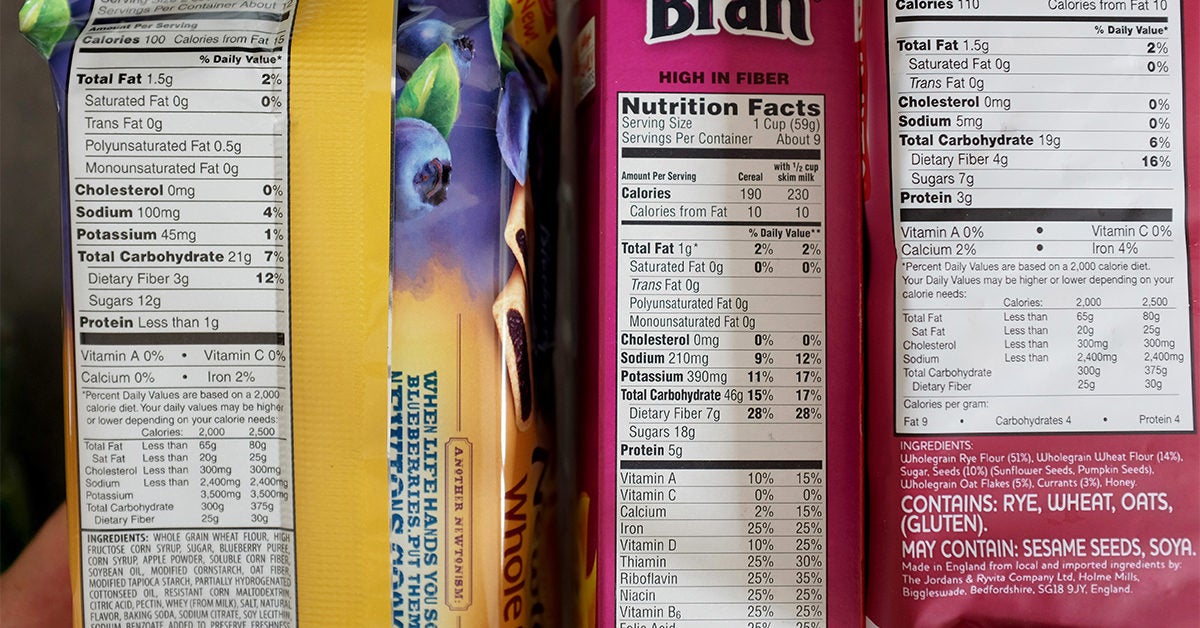

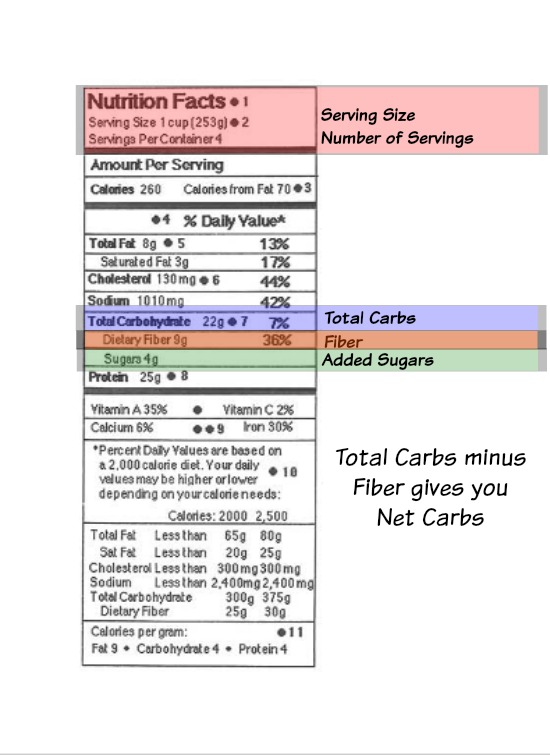
:max_bytes(150000):strip_icc()/Untitled-design-5753677f5f9b5892e8d7d171.jpg)
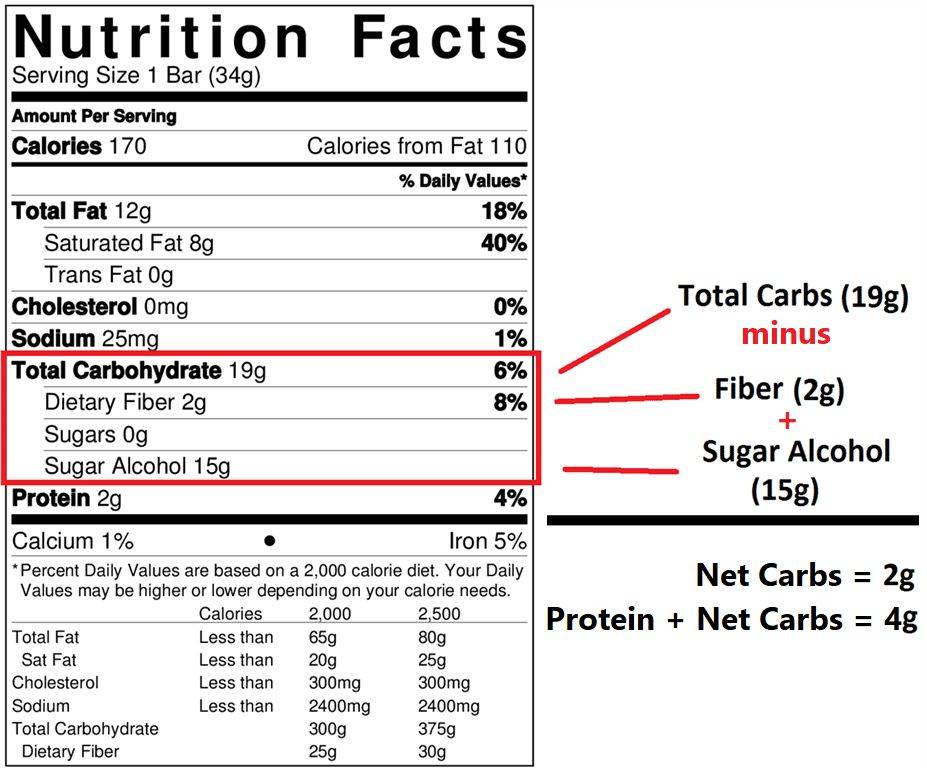
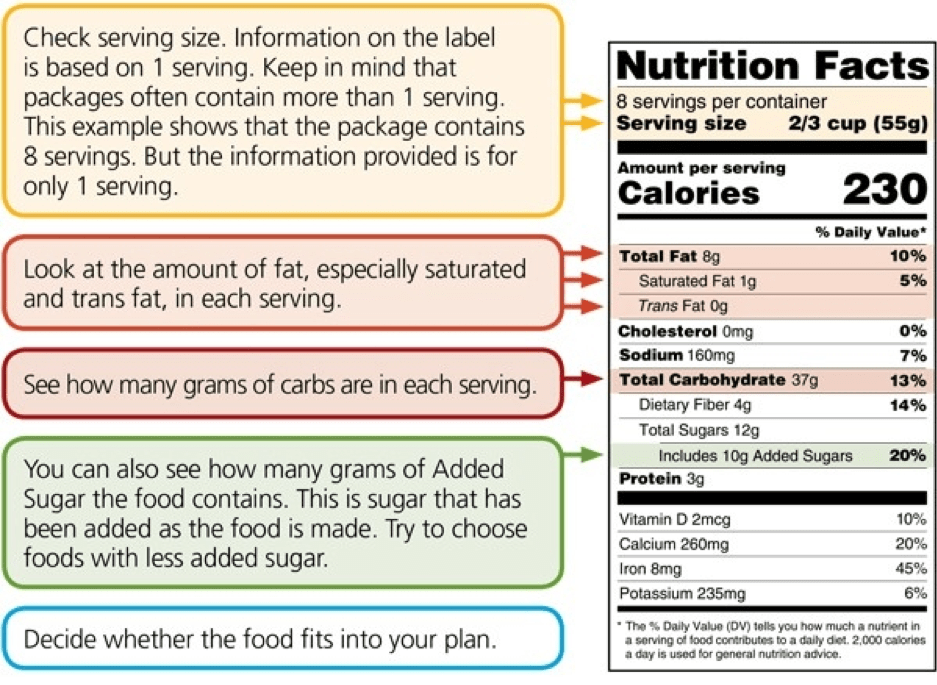

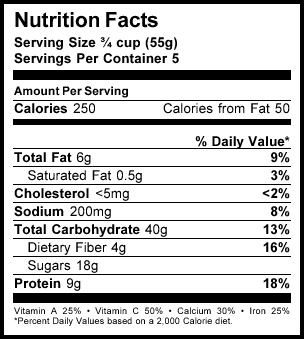
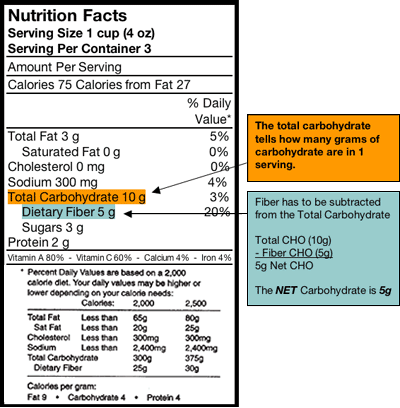

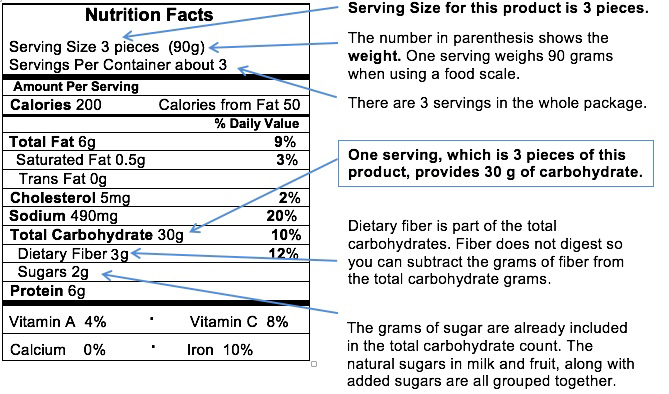
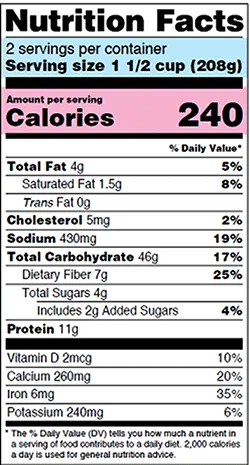
/Untitled-design-1--5755c3703df78c9b46903dab.jpg)
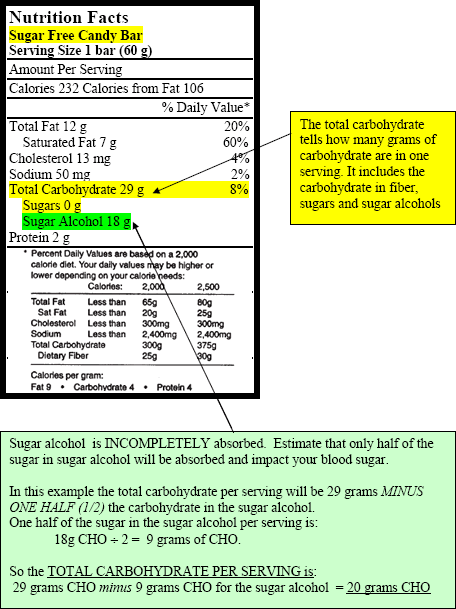
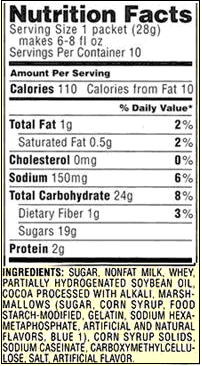
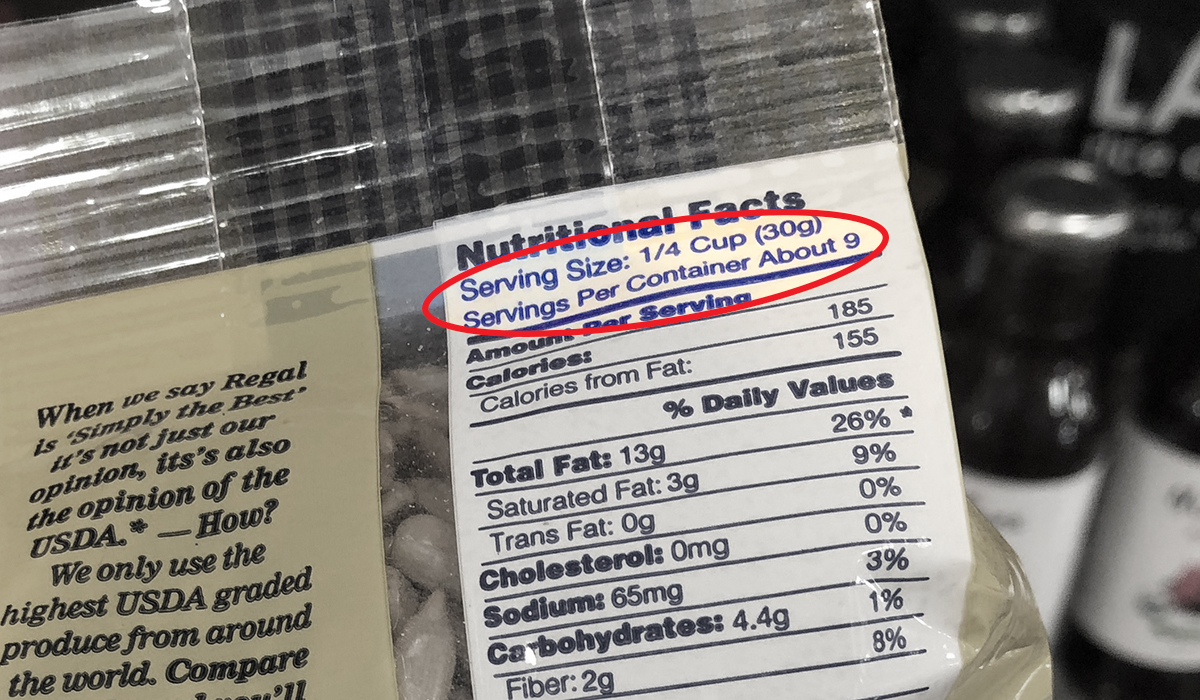
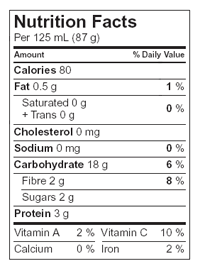


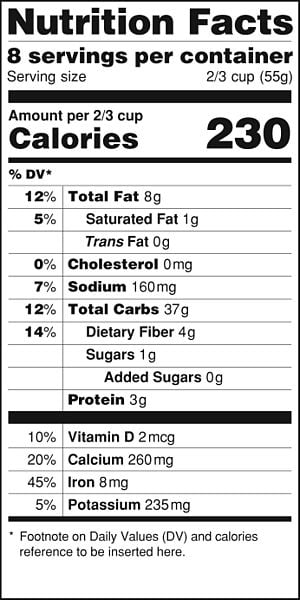
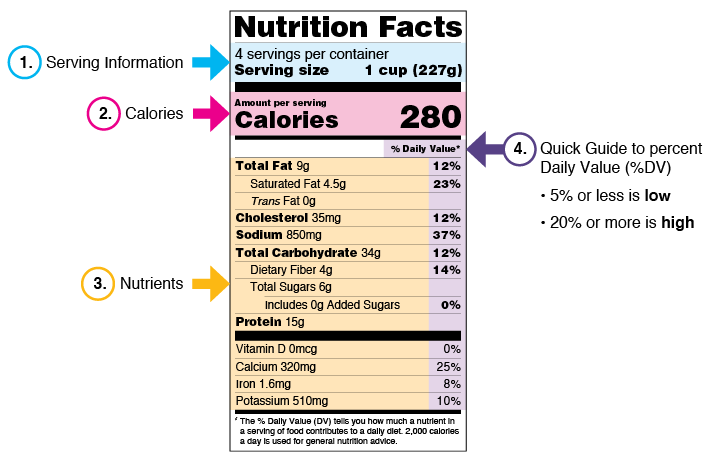
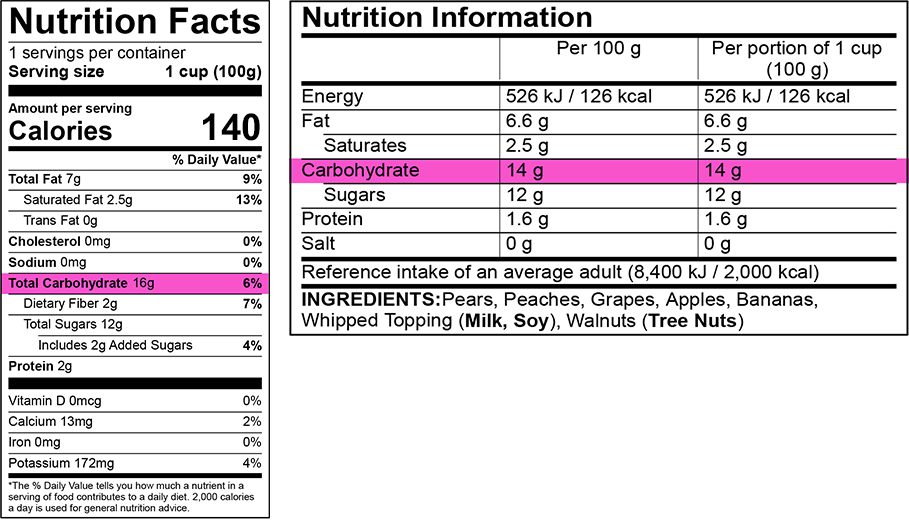



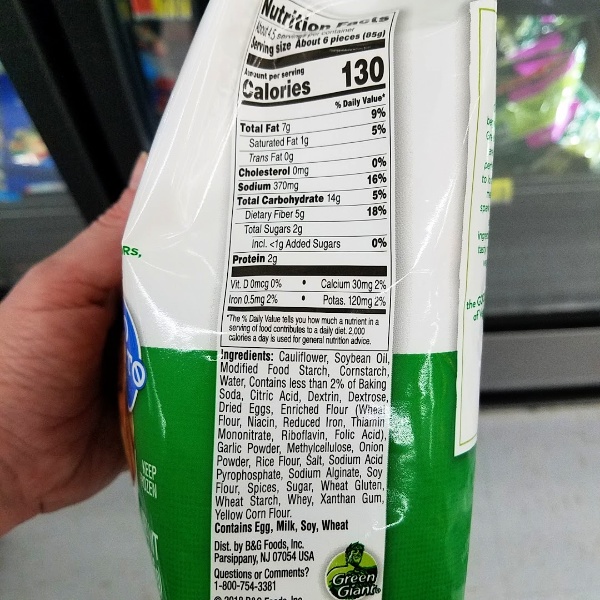


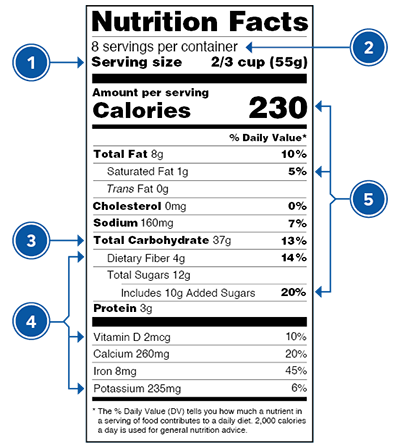

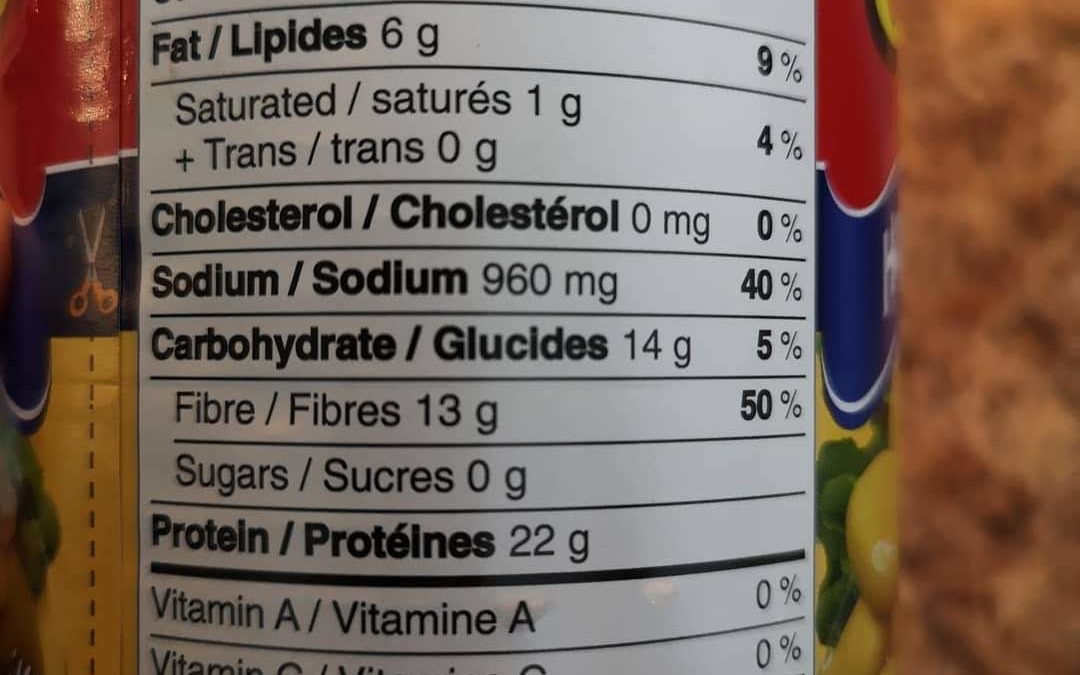

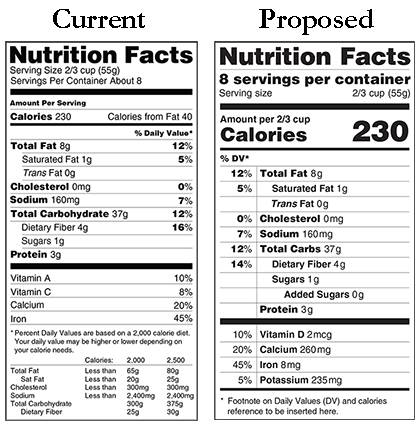
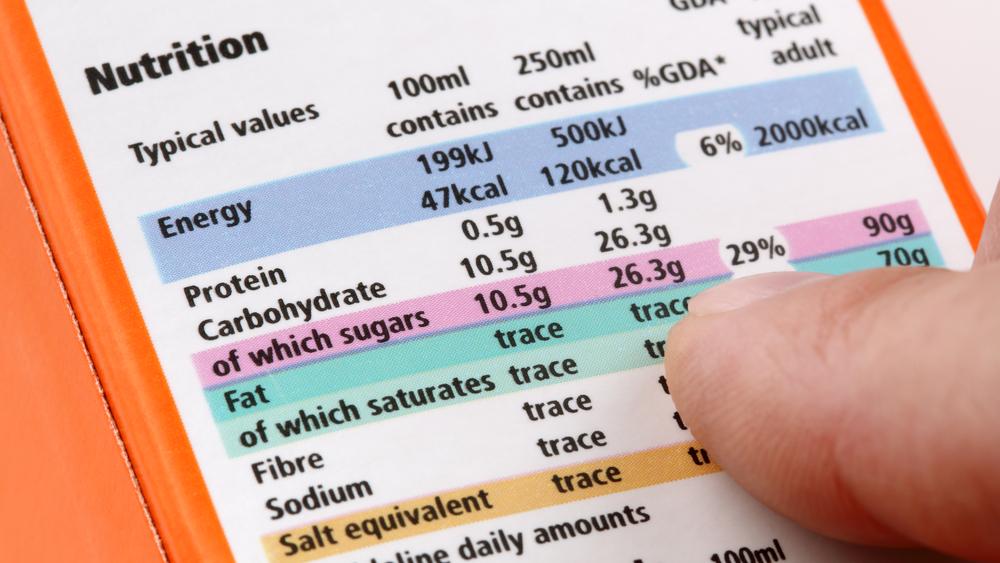
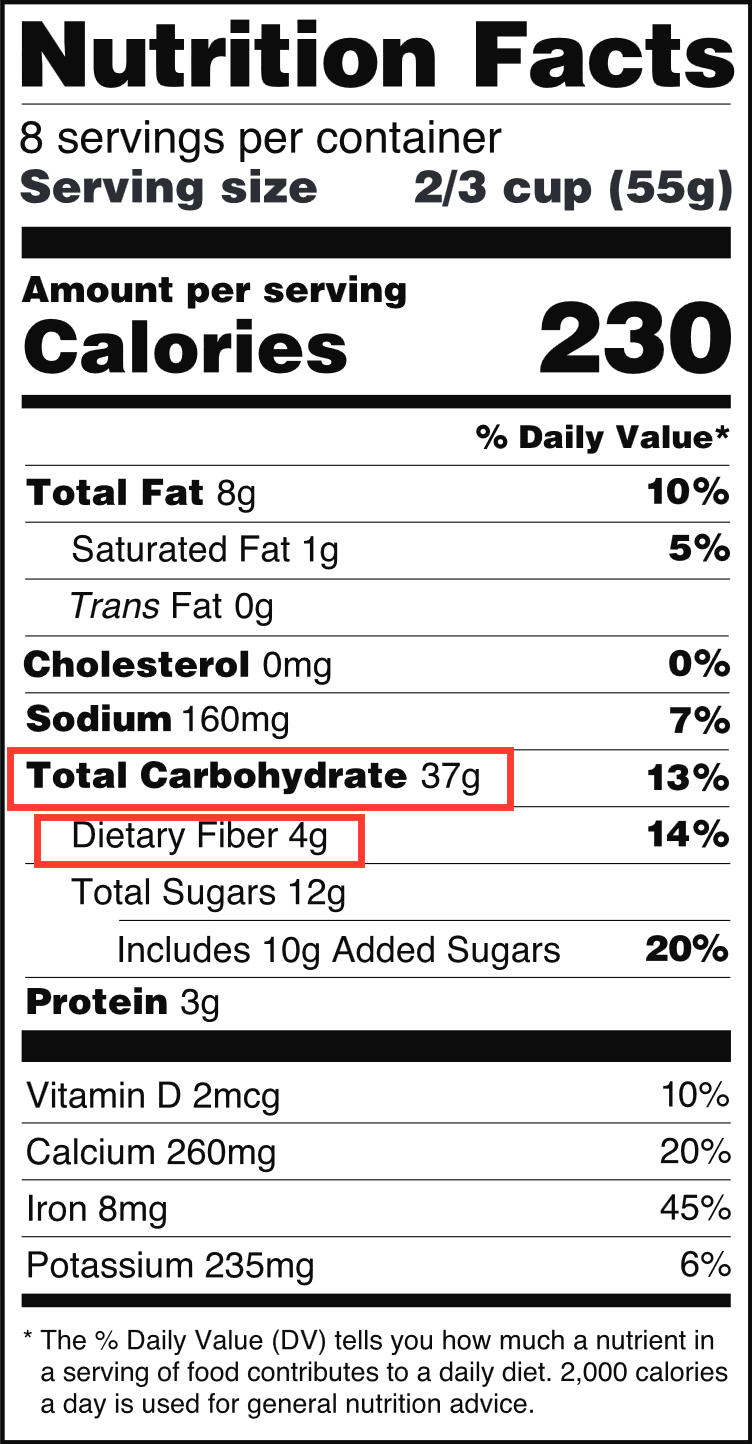

Post a Comment for "43 carbs on food labels"